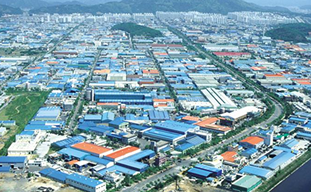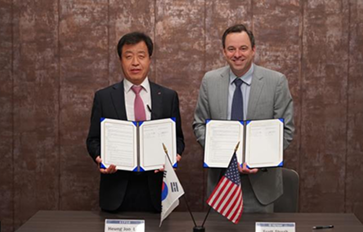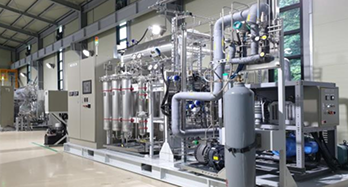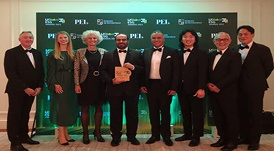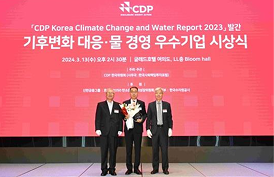Aims
to cut carbon
emissions
from human
activities,
Carbon Neutrality
Through sustainable practices,
KEPCO is building a carbon-neutral society
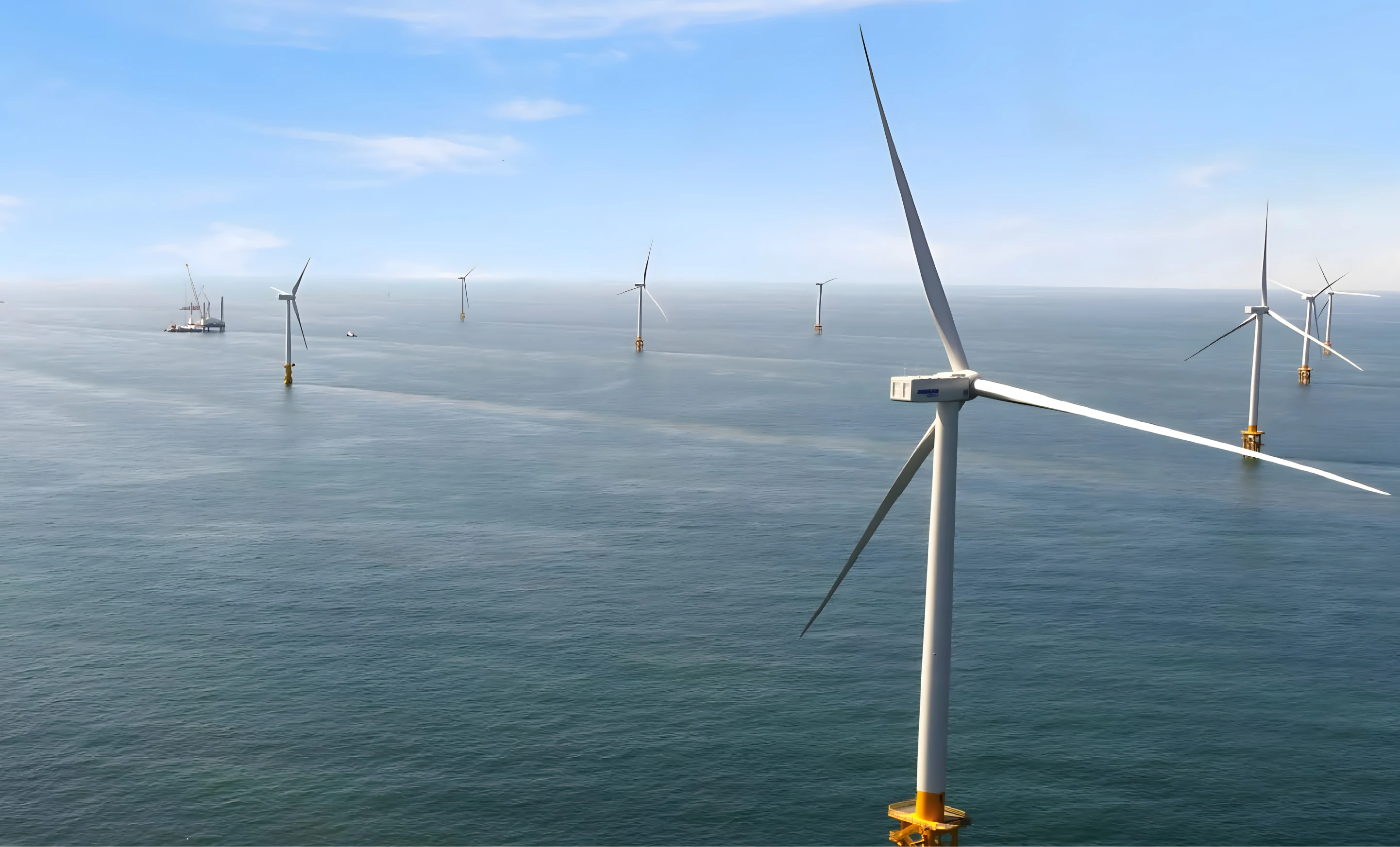
KEPCO is building a sustainable carbon-neutral society based on the 2050 Carbon Neutrality Scenario.
What is carbon neutrality?
KEPCO's Role and Challenges
for Carbon Neutrality
Proactively Expanding the Grid and Making It More Stable
KEPCO will proactively reinforce the grid in areas where renewable energy generators are expected to request for connection, make the grid more stable by establishing the forecasting and control systems, and build the power supply plan centered around the grid.
Leading Decarbonization in Power Generation
KEPCO will drive carbon neutrality and renewable energy expansion by advancing offshore wind power, developing high-tech solar power solutions, leading innovation in carbon-free gas turbine technology, and establishing a foundation for a sustainable energy transition.
Leading Carbon-Neutral R&D
KEPCO will foster collaboration and innovation across the entire power industry by securing key carbon-neutral technologies, such as hydrogen and carbon capture, utilization, and storage (CCUS) and advancing open innovation to build an ecosystem of cooperation and synergy in the power sector.
Promoting Improvement of Energy Efficiency
KEPCO is strategically reducing the demand and promoting use of the BTM platform to promote efficient use of electricity
Leading Distribution of Power Generation & Demand
KEPCO aims to develop distributed energy hubs by applying local marginal prices, providing incentives, and innovating renewable energy forecasting, monitoring, and control systems.
Establishing a Framework for Implementation of Carbon-Neutrality Activities
KEPCO will announce electricity price adjustments to public, promote fair cost-sharing strategies, collaborate with KEPCO Group companies and global utilities, and innovate functions and capabilities of its organizations.
Vision for Power Industry
Achieving carbon neutrality requires major investment and a stronger public sector role, including proactive risk-taking.
As a grid operator, KEPCO must lead carbon neutrality by optimizing grid construction and operation. By increasing investment in breakthrough R&D, like zero-carbon gas turbines and CCUS, we will drive core technology development. We must promote a sustainable power transition by expanding the adoption of renewable energy, decentralizing supply and demand, enhancing energy efficiency, and building cooperative carbon-neutral infrastructure.

-
Current Status
Fossil Fuel-Based Power Generation System
Coal: 35.6%
/ LNG: 26.4% / Renewable Energy: 6.6%
* as of 2020 -
By 2050
Achieve zero greenhouse gas emission from power generation
More renewable energy generators
More zero-carbon gas turbines
CO₂ captured by CCUS technologies
-
Path to Achievement
Promotion of renewable power generators
Reduction of coal and LNG power plants
Development of hydrogen-based power sources
Commercialization of CCUS technology

-
Current Status
Unidirectional, centralized power grid
Use of long-distance transmission networks
Passive platform that accommodates predetermined large-scale power sources for transmission -
By 2050
Bidirectional, decentralized power grid
Promotion of distributed energy
Active platform that connects power supply and consumption -
Path to Achievement
Early integration of renewable energy generators and distributed power sources
Ensuring grid stability and flexibility
Distribution of generation and consumption
Digitization of the grid

-
Current Status
Demand: 509 TWh (2020)
High energy consumption at low-efficiency
Passive consumers who simply use and pay for electricity
Separate energy transactions for electricity, heat, and gas -
By 2050
Demand: Up to 1,213 TWh (due to electrification in other sectors)
Highly efficient, self-sufficient consumption
Active participation by prosumers (demand response, VPP)
Integrated supply, distribution, and consumption of energy -
Path to Achievement
Promotion of electrification
Improvement of energy consumption efficiency
Promotion of new energy businesses
Establishment of integrated energy management and trading systems

-
Current Status
Mutually competitive stakeholders focused on economic efficiency, such as cost reduction
Cost-sharing system centered on electricity rates
Market based on large-scale baseload power generators and economic dispatch
Management system prioritizing economic feasibility and stability -
By 2050
Integrated and cooperative stakeholders to address the climate crisis
Society-wide cost-sharing mechanisms for carbon neutrality
Market focused on renewable energy where various values, such as environmental impact and flexibility, are assessed and traded
Digitally driven management system balancing economic and environmental considerations -
Path to Achievement
Establishment of public-private cooperation initiatives
Consensus-building and development of relevant laws and policies
Implementation of a real-time, flexible, integrated market
Innovation in software and hardware
Launch of Carbon Neutrality Promotion Committee
As Korea's national carbon neutrality policies gain momentum, KEPCO launched Carbon Neutrality Promotion Committee in December 2021, to facilitate discussions on key issues and engage with stakeholders. We will actively collaborate and communicate with the KEPCO Group companies, labor unions, the younger generation, and internal/external experts to identify the optimal path to carbon neutrality and form a social consensus.
Chairperson
CEOCommittee Member
All Executives,National Electrical Workers Union
Councils for issues
Internal Review Committee
Composed of ex-executives and labor union representatives
Advisory Group




